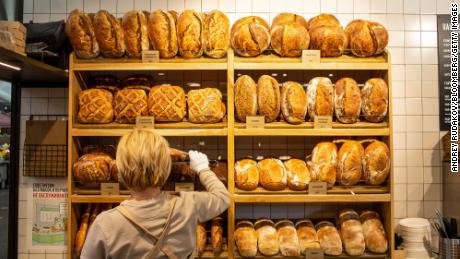From furniture, to used cars, to uncooked beef roasts, consumer prices have grown steadily since January. Here’s what you need to know.
Also sending prices higher: The ongoing pandemic has complicated supply chains, limiting supply, even as demand for goods soars.
Here’s what you need to know about how prices are changing.
Thinking of buying a new couch? Maybe some new bedding? Be prepared to pay more than usual.
The household furnishings and operations prices, which includes categories such as domestic services and furniture and bedding, increased 1.3% last month. From the outset, the change doesn’t seem like much, but it marks the largest monthly increase since January 1976.
Transportation
New cars got more expensive too, rising 1.6% in May. That’s the largest 1-month increase since October 2009.
The shift to working from home coupled with job loss last year caused auto sales to plummet. In response, many dealerships closed. While the demand for cars has returned, the supply has not. Auto plants around the world have been forced to close or limit production following a recent computer chip shortage. Now, car dealers have fewer cars on their lots. The strong demand and limited supply are continuing to send prices soaring.
Travel
Americans have been stuck at home for over a year now. But with relaxed Covid restrictions and increasing rates of vaccination, travel is returning, and people are eager to get going.
Once you get to your destination, things aren’t as bad. Intracity transportation prices decreased 0.4% last month.
Food
Fortunately, however, pickle prices fell 2.1%, nonalcoholic beverage prices fell 0.5% and fruit and vegetable prices overall didn’t change, so you can at least stock up on sides and drinks for your holiday celebrations.
Notoriously volatile, food prices are continuing to get more expensive in general. The cost of food increased 0.4% in May. That’s the same increase as in April.
Health
Although prices are rising, there is some good news, particularly if you need the doctor.
The medical care index, which includes items such as medicinal drugs, medical equipment and healthcare services, increased 0.9% over the last 12 months. Yes, that’s higher than the same point last year — but it’s the smallest increase since March 1941.
![]()




